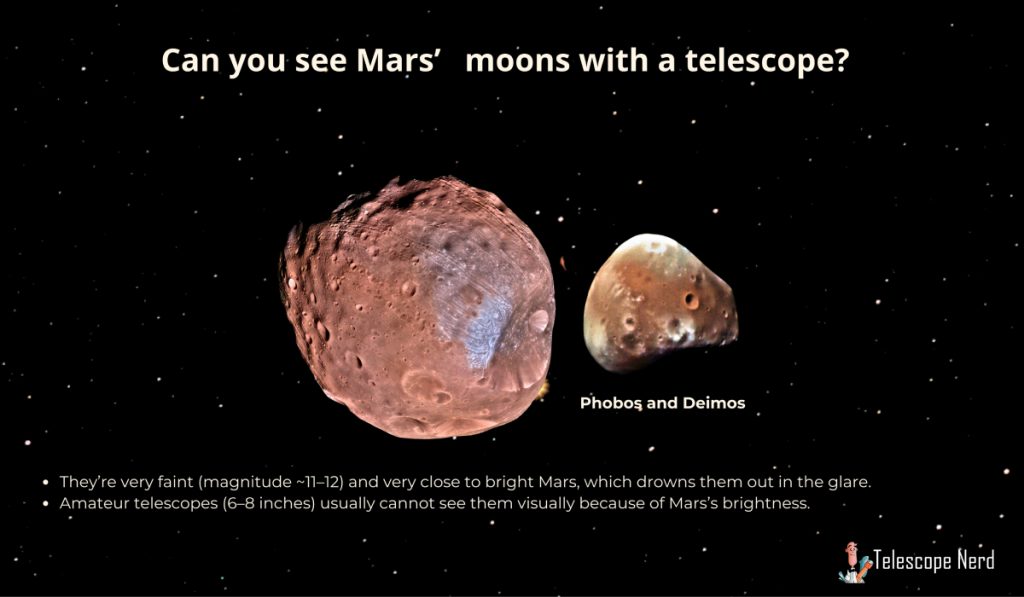Can I see Mars with a telescope?
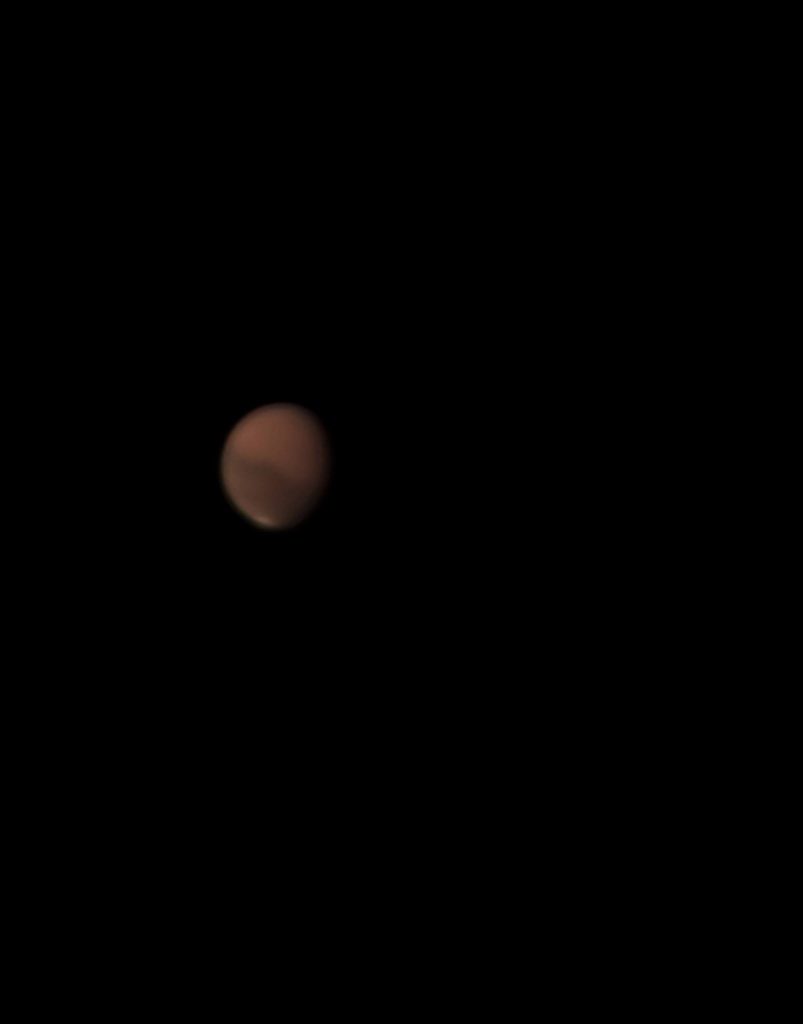
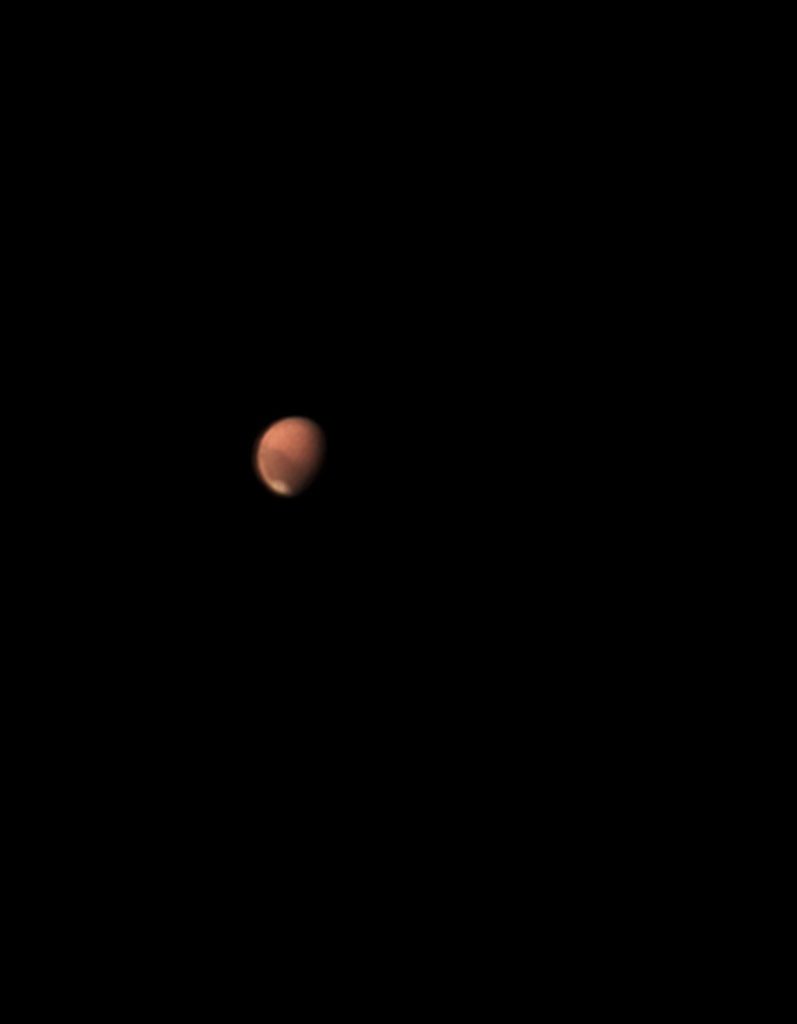
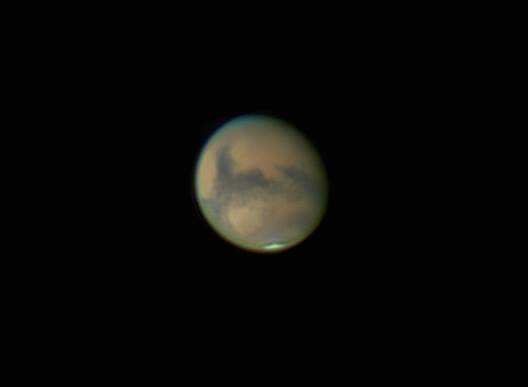
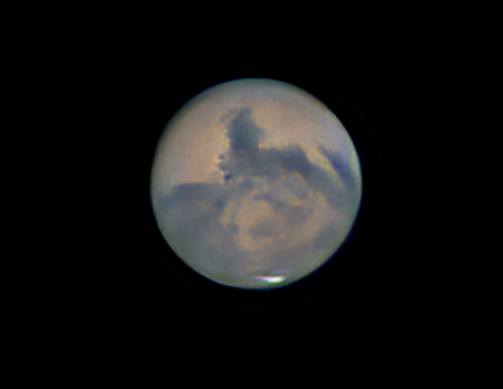
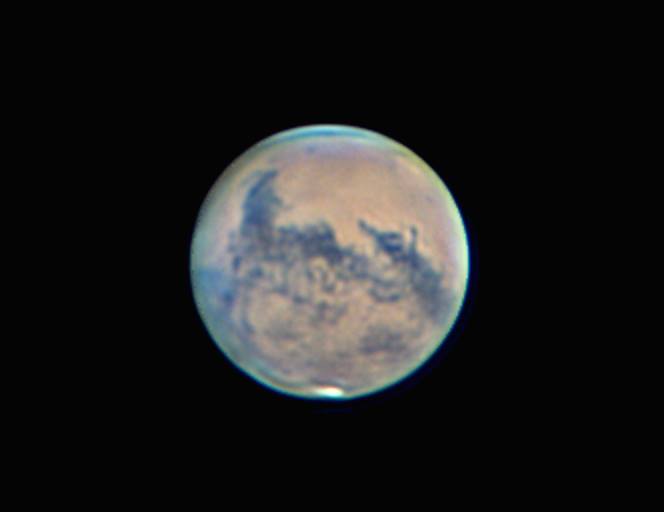
Seeing Mars through a telescope is possible. The planet Mars is one of the most interesting planets to observe with a small telescope, and any good telescope allows for viewing Mars. Mars can be observed with the naked eye, yet a telescope is necessary to fully appreciate its beauty and see polar caps and other surface details. A small telescope with a 60-80 mm aperture will show the largest and most prominent features on the Martian surface, while a refractor telescope with a smaller aperture (70 mm) can still give a clear view of the surface of Mars. A 102 mm aperture with 600 mm focal length can provide clear views of Mars’s larger surface features.

Can I see Mars with a telescope?
You can see Mars with a telescope. Mars is nearly always visible somewhere in the sky, yet timing is decisive in viewing Mars from Earth. During a window of several months before and after opposition the planet appears brighter and large enough to make out surface features with a telescope. Outside this window, Mars is almost always too far away to reveal much detail. Mars is not visible during the few weeks it is in conjunction and lost in the Sun’s glare.
Even under city lights Mars is easy to see with a telescope. A small telescope with 60 mm (2.4 in) to 80 mm (3.1 in) aperture will show the largest and most prominent features on the Martian surface. Using a telescope of at least 50x magnification during opposition, one can make out the carbon dioxide and water ice frozen at the poles, and a relatively small telescope shows three main regions – the polar caps, lighter areas of rust-colored dust, and darker areas of exposed volcanic rock. High magnification is best for Mars, yet the aperture determines how much light a telescope can gather. A telescope with an aperture of at least 15.2-20.3 cm is recommended for Mars, especially for photography, whereas a refractor telescope with a smaller aperture provides less detail than a larger telescope.
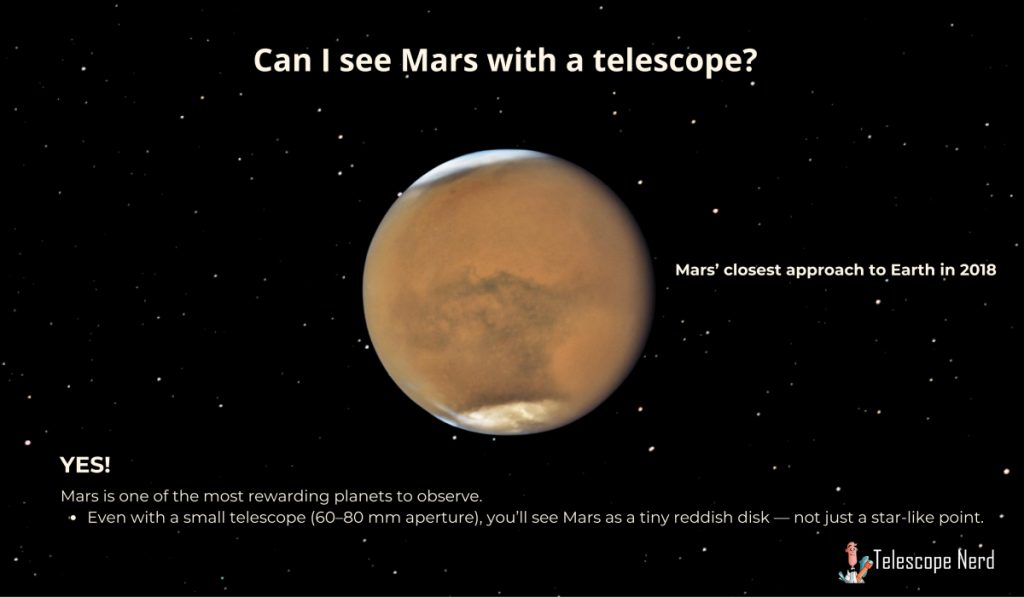
Can you see Mars’ moons with a telescope?
You can see Mars’ moons with a telescope. Mars has two moons, Phobos and Deimos. Both are rather dim. Phobos never exceeds magnitude +11, while Deimos is never brighter than magnitude 12.8. A 6-inch planet-spotting telescope is the minimum required to view Phobos, and Deimos can be glimpsed with a similar instrument. Owners of large telescopes can attempt spotting the two tiny moons, but an 8-inch aperture is safer for either satellite. Narrow-field eyepieces work best to locate Phobos, and the moons are easiest to see when close to an eastern or western elongation, appearing as two faint dots orbiting a bright host whose glare is roughly 800,000 times stronger than its dimmest moon.
